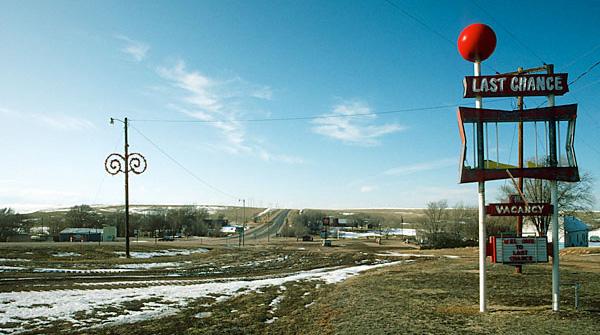Last Chance Fire
Full Article
The Last Chance Fire started on June 25, 2012, when sparks from a motorist’s flat tire set the prairie ablaze near the town of Last Chance in eastern Colorado. The fire was 100 percent contained in nearly twenty-four hours, but in that time the wildfire scorched 45,000 acres and destroyed several houses. Today, the Last Chance Fire serves as a reminder that under the right conditions, destructive fires can erupt anywhere in the state, not just in dense mountain forests.
2012 Fire Season
Thanks to below-average winter snowpack and a hot, dry spring, Colorado endured a brutal 2012 fire season. By May, 100 percent of the state was in drought; by season’s end, nearly 1,500 fires had destroyed 246,000 acres across the state. Among the worst blazes were the Waldo Canyon Fire, which killed two people near Colorado Springs, and the High Park Fire, which killed one person and torched more than 87,000 acres in Larimer County.
As both those fires burned, rural Washington County on Colorado’s eastern plains was experiencing its highest temperatures in nearly six decades. Fire danger was exacerbated by cheatgrass, an invasive species of prairie grass that grows and reproduces faster than native grasses. Wagons and railroads brought the Eurasian grass to Colorado in the early twentieth century. Since then, it has conquered vast swaths of the eastern Colorado plains. The cheatgrass in the Last Chance area was about twenty inches high when it dried out earlier than usual in 2012, creating huge fields of fire fuel. By June 25, the mountains were already burning, and the prairie was primed.
Ignition, Destruction, and Containment
On the hot afternoon of June 25, 2012, a motorist got a flat tire while driving on State Highway 71, just south of the tiny town of Last Chance. The driver pulled to the side of the road, where sparks flew from the afflicted wheel and lit a fire in the grass. The motorist got a shovel and attempted to smother the flames with dirt, but they quickly skipped across the brittle cheatgrass and got out of control.
Within hours, the fire burned more than 1,500 acres and forced the nearby community of Last Chance to evacuate. The Red Cross set up an evacuation area at Akron High School, while ranchers scrambled to move cattle out of the fire’s searing path. Farmers jumped on tractors and plowed their own fire lines through fields.
More than 100 firefighters from over a dozen districts and agencies quickly joined the suppression effort. They were hard-pressed to keep up with the fire, but they managed to get it 50 percent contained by 10 pm. By the end of that first day, the blaze had exploded to more than 38,000 acres, consumed four houses, and cut power to residents in the southern half of Washington County.
The fire had grown another 7,000 acres by the time crews achieved full containment the next day.
Aftermath
Most of the eleven structures destroyed by the fire were already abandoned, though several families were left to sift through the wreckage of their houses. Ranchers and farmers quickly got to work rebuilding fences and other structures, but their main concern was the massive loss of pasture that put livestock at risk of starvation for the rest of the season. In the weeks after the fire, local residents helped one another by offering shelter for livestock and people and helping fire crews with cleanup.
Legacy
Although it was overshadowed by larger and deadlier blazes to the west, the Last Chance Fire serves as a reminder that destructive conflagrations pose as much of a threat to prairie residents as they do to those in the mountains. It also points to the problem of invasive cheatgrass, some 120 years after its introduction. Cheatgrass is known to have large bursts of early-season growth after even a small amount of rain. The rising average temperatures, more intense rainstorms, and earlier and longer droughts that accompany climate change mean cheatgrass is likely to grow taller and dry out faster, increasing the chance of intense grass burns.
In addition, recent research has shown that some severely burned forests are coming back as grasslands, meaning that prairie blazes like the Last Chance Fire will likely be more common in the future.
























